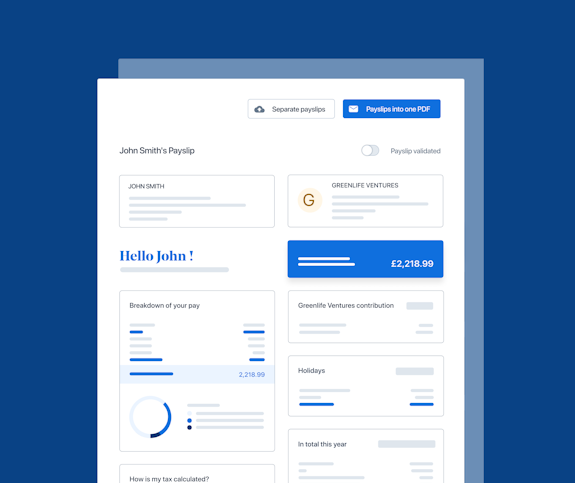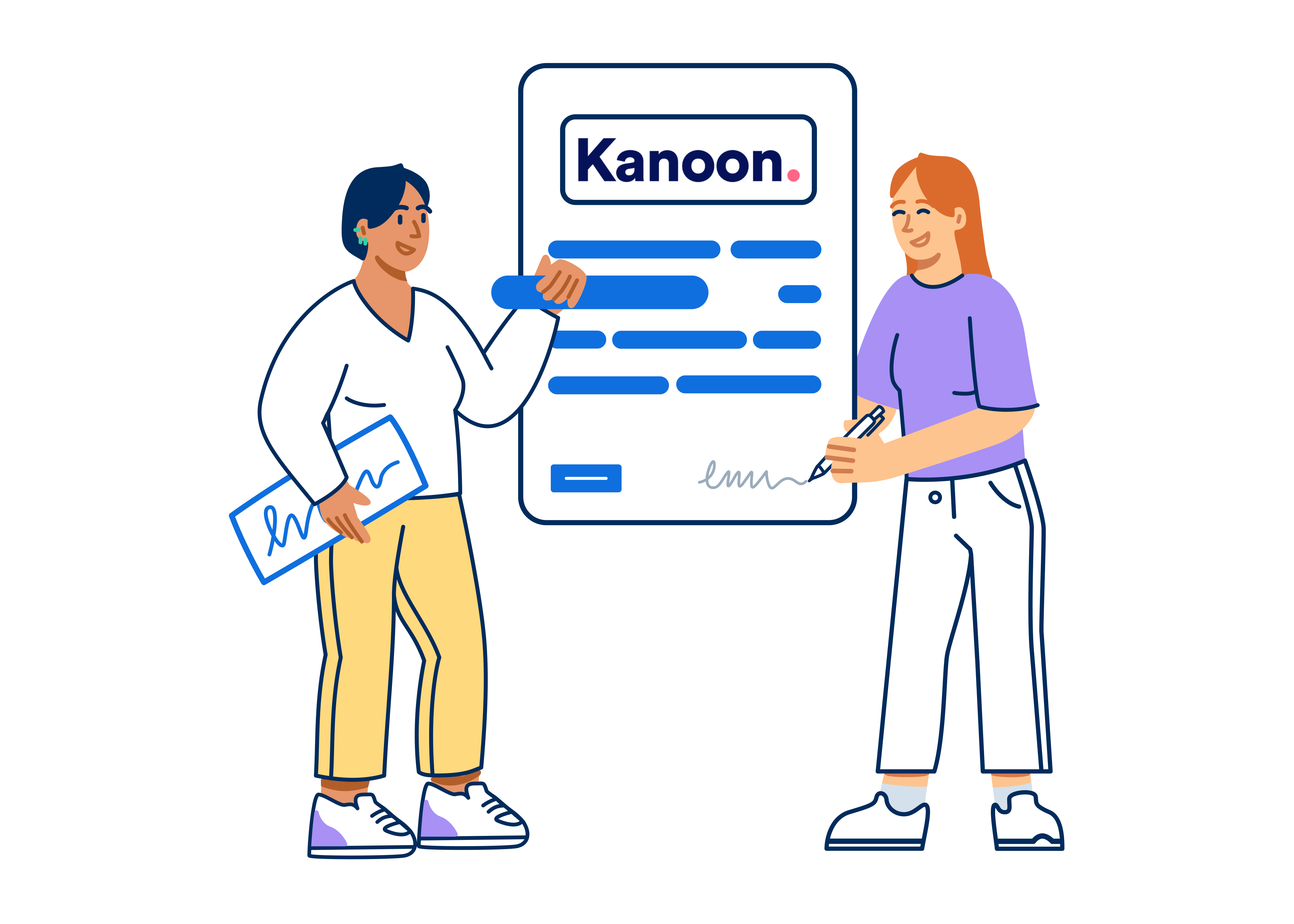- Blog
- |Managing Payroll
- >Payroll
- >Payroll best practices
The Payroll Best Practice Guidelines For Employers To Follow


We all love payday, but it takes a lot of work to get it done. Payrollers have a particularly testing time of it as we've recently seen unprecedented changes affecting both payroll legislation and processes. We have previously written about the important factors to consider when choosing a payroll provider, and now we wanted to share some thoughts on payroll best practices in order to help employers increase payroll accuracy.
In this article, we look at payroll best practice guidelines and explain how to implement them.
What are payroll best practices?
We all know that payroll accuracy is essential to both the employer and employees, but what are the best practices payrollers follow to ensure accuracy is embedded in the process? Payroll best practices are the processes accepted as the most accurate and efficient ways of running payroll.
The foundation of payroll best practices will likely be legislation set by the likes of HMRC, the Pensions Regulator and the General Data Protection Regulations. Companies then build on top of that through trial and error within their own processes, internal company policies, and by sharing experiences with other teams and organisations.
What are the benefits of following best practices?
Now that we have a little understanding of the best practices, we want to find out the benefits of using such processes. When effective processes are in place, it will increase accuracy when running payroll and encourage collaboration between different teams such as HR, payroll, and finance.
Payroll is a constant source of learning; as we mentioned previously, payroll best practices can often arise from trial and error as many processes are put in place after one or more payroll mistakes have occurred. It is a foundation for effective processes and builds company policy around the legislation that they must follow.
Every good payroller understands the importance of payroll compliance in light of legislation updates, but what are other examples of best practices to keep in mind when running payroll?
Did you know?
The word payroll came into use around the 1750s as a combination of the words.
Pay (a verb) and Roll (a noun) referring to a list of periodic payments made to employees as salary.
What are some examples of payroll best practices and how to implement them?
When choosing a payroll provider, be it outsourced, in-house, or a hybrid solution like PayFit, it’s essential to have a source of payroll knowledge. When choosing software for payroll, there are some things to keep in mind.
Whilst it is not a legal obligation, it’s important that HMRC recognises it and that the software automates at least the basics such as real-time information (RTI), calculations and pension submissions. In addition to this, automation of time-consuming payroll tasks can decrease the need for manual input and therefore reduce the likelihood of human error.
Quality assurance is another crucial factor to consider when implementing best practice payroll procedures. When assuring that reports and salaries are correct, it is key to use four-eye checks, also known as the two-person rule, which requires two different individuals to approve any action before implementing it.
Planning is a vital part of payroll operations to ensure the accuracy and timely processing of payroll, so having a contingency plan is key to avoid a payroll disaster.

As mentioned earlier in this article, processes often stem from things going wrong, so when an error has occurred, a process is put in place to prevent it from happening again. Looking at the main risks can also help to implement payroll best practices. But what are the main risks to look for?
To find the main risks, you must ask the right questions. Questions such as:
Where could the processes collapse, or who is the process dependent on?
What could be the impact if the process fails? And how can it be avoided?
The payroll software approach
The very best payroll software offers the best of both worlds: in-house payroll but with all the perks you'd typically associate with outsourcing.
When choosing a payroll software, you should demand access to a dedicated customer support team (including CIPP qualified payroll specialists), together with a cloud-based software which automates all calculations and provides full transparency on those calculations, meaning that even users with limited prior payroll experience could confidently use the software.
Why not book a call with one of our product specialists using the button below, to find out how PayFit helps HR and and finance teams ensure payroll best practices.

PayFit disclaimer
The information contained in this document is purely informative. It is not a substitute for legal advice from a legal professional.
PayFit does not guarantee the accuracy or completeness of this information and, therefore, cannot be held liable for any damages arising from your reading or use of this information. Remember to check the date of the last update.

A UK 4-Day Working Week - Thoughts On Labour’s Plan

Running payroll - A Guide For New Businesses

The Alabaster Ruling & Maternity Pay - A Guide For Employers

The End Of Zero Hours Contracts? Implications For Businesses

What is the HM Revenue and Customs Starter Checklist


